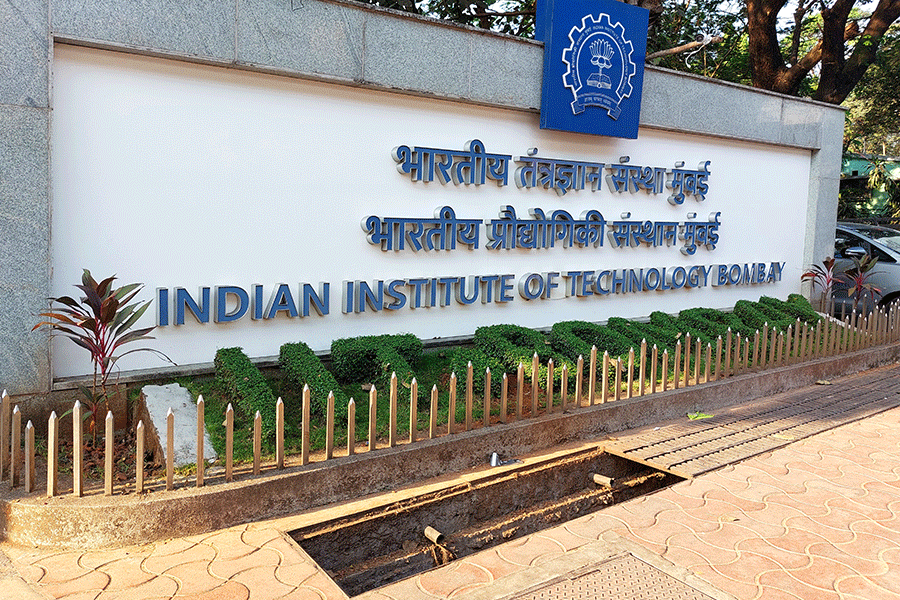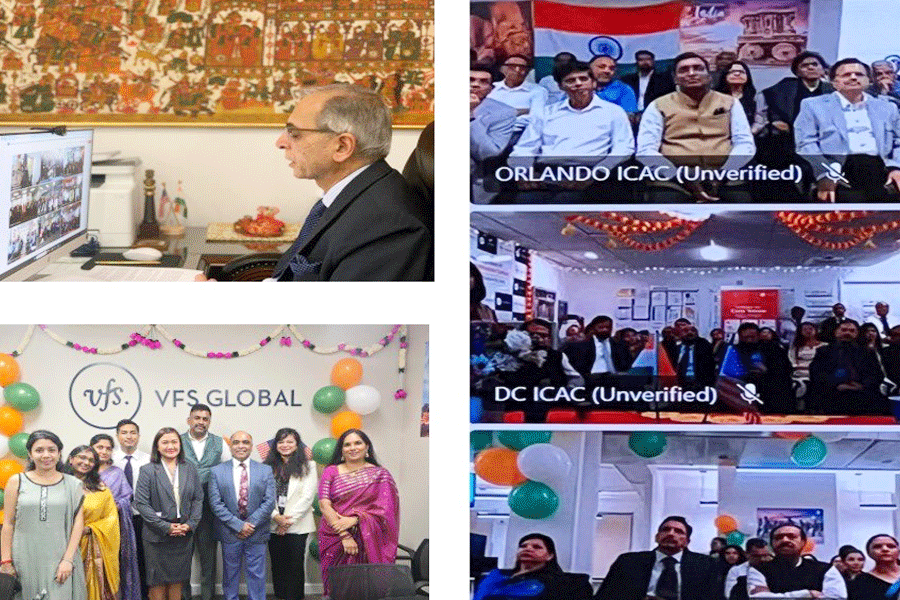 |
The government claims to have contained the outbreak of dengue, but its woes are far from over. Experts warn that intermittent rains, overcast skies and damp weather ? prevalent now ? are ideal for the spread of other diseases like malaria, filaria and kala-azar, borne by winged pests.
?The mosquitoes carrying the gametocytes of these diseases need just a small quantity of water to breed. And with such water sources being abundant during monsoon, dengue, malaria and even filaria are waiting to break out,? said an official of the public health engineering department.
While city clinics have started reporting malaria-positive cases, experts fear the count will rise manifold before the Pujas.
Another cause of concern for the health authorities is the ?genetic reorientation? of the malarial mosquito.
Malaria-causing mosquitoes were known to breed in clean water. ?But now they are breeding even in the dirty water of drains. We have to ensure there are no clogged drains in the city if we are to prevent a malaria outbreak,? said mayoral council member (drainage & sewerage) Subodh De.
On Tuesday, the civic authorities found the drains on the NRS Medical College and Hospital campus clogged. Acting chief municipal health officer J.C. Roy warned NRS superintendent Basanta Kumar Khan that the hospital would be slapped a notice if the drains were not cleared immediately.
Cleaning drains is the public work department?s responsibility, but to avoid delay, the civic body had accepted Khan?s plea to do the job.
As for dengue, doctors handling blood samples from the city and its adjoining areas at School of Tropical Medicine (STM) said the ?mystery fever? seemed to be reaching its peak. The number of affected has crossed 200, and experts fear that more cases of infection will be reported in the next few weeks, after blood test results pour in from the medical colleges.
STM, however, is impaired by the unavailability of enough kits to test blood for dengue. The Union health ministry has ruled out sending kits, each costing around Rs 1,200, immediately.
?We are making do with one kit everyday. With it we can just test 96 samples,? said an STM official.
Though nine deaths in Calcutta and its surroundings have brought dengue into sharper focus, experts say the disease is not all that uncommon to the city.
Symptoms of classical dengue are seen in a large number of those affected by fevers of unknown origin ? commonly referred to as Calcutta fever or viral fever ? after monsoon.
?I feel that many of the so-called Calcutta fever cases are actually classical dengue cases,? said Amiya Kumar Hati, entomologist and former director of STM.
And he does not think the city has any chance to rid itself of the disease entirely.
The vulnerability of a locality to dengue is measured by the number of breeding points of the Aedes aegypti, the type of mosquito that spreads the disease, per hundred households. The ratio is called the Breteau index.
?One can rest assured if the Breteau index in the neighbourhood is around five. But in Calcutta, a study carried out by STM in the 1980s pegged the index at 80 in some pockets. The city?s average index was around 20,? Hati pointed out.
As if on cue, officials of the civic vector control wing said the rise in the number of air-conditioning machines was to be blamed partly for the present dengue outbreak. Most air-conditioning machines are safe breeding grounds of dengue and malaria mosquitoes, as they are not cleaned or inspected regularly.
Four strains of the dengue virus have been identified ? DEN I, DEN II, DEN III and DEN IV. ?All the strains have been found in Calcutta, though DEN II and III are the most dominant,? said Dhruba Neogi, head of STM?s virology department.
Neogi thinks that Calcutta being a ?dengue-endemic zone?, a significant section of its adult population has become immune to the disease.
According to Debasish Biswas, Calcutta Municipal Corporation entomologist and vector control officer, if a person is struck by a particular strain of the virus, he is immune to it for the rest of his life.
?But the situation may turn critical if one is affected by more than one strain. In that case, dengue may turn haemorrhagic and can even kill the patient,? he explained.
In India, haemorrhagic dengue was first reported in Calcutta in 1963-64. Around a lakh people were affected and 200 died during that outbreak. The disease returned in the 1990s, killing 12.
Biswas pointed out that the dengue vector was more difficult to control than the malaria vector. An infected adult Aedes can pass on the virus to its eggs.










